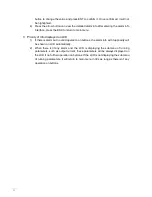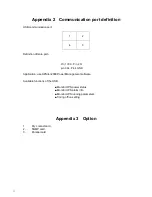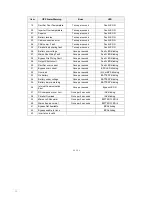
12
3) The outputs of all the UPS modules must be connected to a common output bus.
4) The length and specification of power cables including the bypass input cables and the
UPS output cables should be the same. This facilitates load sharing when operating in
bypass mode.
4
.
Operation
4.1 Operation modes
The UPS is a double-conversion on-line UPS that may operate in the following
alternative modes
:
◆
Normal mode
The rectifier/charger derives power from the AC Mains and supplies DC power to the
inverter while floating and boosting charge the battery simultaneously. Then, the inverter
converts the DC power to AC and supplies to the load.
◆
Battery mode (Stored Energy Mode)
If the AC mains input power fails, the inverter, which obtains power from the battery,
supplies the critical AC load. There is no power interruption to the critical load. The UPS will
automatically return to Normal Mode when AC recovers.
◆
Bypass mode
If the inverter is out of order, or if overload occurs, the static transfer switch will be
activated to transfer the load from the inverter supply to bypass supply without interruption to
the critical load. In the event that the inverter output is not synchronized with the bypass AC
source, the static switch will perform a transfer of the load from the inverter to the bypass with
power interruption to the critical AC load. This is to avoid paralleling of unsynchronized AC
sources. This interruption is programmable but typically set to be less than an electrical cycle
e.g. less than 15ms (50Hz) or less than 13.33ms (60Hz).
◆
ECO Mode
When the UPS is at AC Mode and the requirement to the load is not critical, the UPS can
be set at ECO mode in order to increase the efficiency of the power supplied. At ECO
mode, the UPS works at Line-interactive mode, so the UPS will transfer to bypass supply.
When the AC is out of set window, the UPS will transfer from bypass to Inverter and
supplies power from the battery, then the LCD shows all related information on the
screen.
◆
Parallel redundancy mode (system expansion)
To achieve a higher capacity and / or increase reliability, the outputs of up to four UPS
modules can be programmed to operate in parallel and the built-in parallel controller in each
UPS ensures automatic load sharing.












































